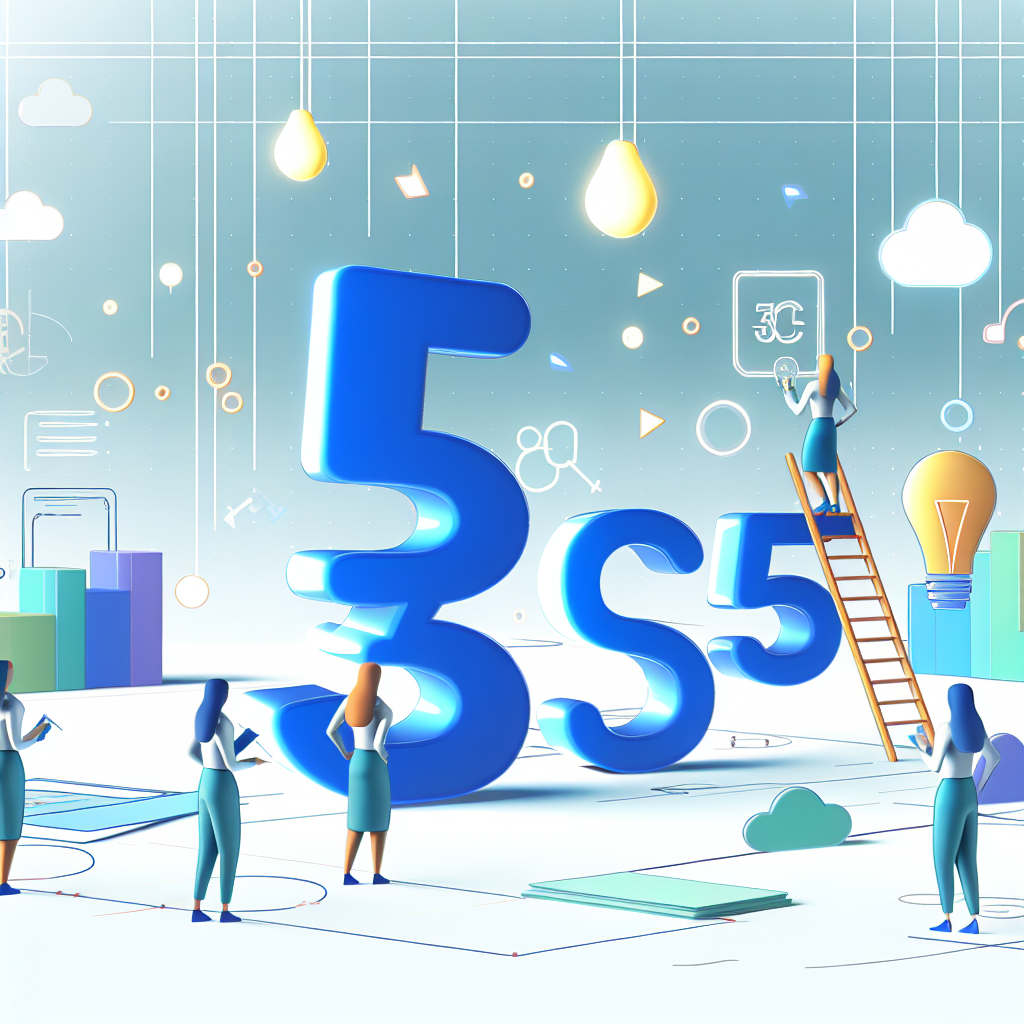
In an increasingly competitive business landscape, HR professionals play a pivotal role in driving organisational efficiency and employee satisfaction. Two methodologies that emerge as highly beneficial in this regard are the 3C Analysis Business Model and the 5S Methodology. While different in focus, both frameworks offer valuable insights that are critical for crafting a responsive, effective workplace. This post will explore these methodologies in-depth, shedding light on their significance, current trends, and practical benefits for HR professionals.
The 3C Analysis Business Model
Developed by management consultant Kenichi Ohmae, the 3C Analysis Business Model centres on three essential elements: customers, competitors, and the corporation. Understanding these components is crucial for your business strategy, as each plays a unique role in shaping the market landscape.
Significance of the 3C Model
The 3C model serves as a strategic tool that aids in creating effective marketing strategies by examining the customer’s perspective, analysing rival entities, and leveraging a corporation’s strengths. It seeks to establish a strong alignment between your company’s capabilities and market demands.
Current Trends in 3C Analysis
This model remains highly applicable today, especially in web marketing where understanding customer behaviour is vital. Variations of the 3C model are common, showcasing its flexibility and ongoing relevance.
Key Benefits of the 3C Model
- Customer Analysis: In-depth consumer research and demographic data enable businesses to tailor marketing strategies to specific audience needs.
- Competitor Analysis: By identifying market gaps and analysing competitor strategies, organisations can distinguish themselves and develop unique value propositions.
- Corporation Analysis: Evaluating a firm’s resources and past marketing approaches assists in developing a solid marketing plan that aligns with business objectives.
The 5S Methodology
The 5S Methodology is a workplace organisational tool focusing on five pillars: Sort, Set in Order, Shine, Standardise, and Sustain. Originating in Japan, it has become essential in various industries, particularly in lean manufacturing environments.
Significance of 5S
5S supports continuous improvement initiatives by fostering a well-organised and sanitary workspace. Such an environment not only promotes efficiency but is also crucial for minimising waste.
Current Trends in 5S Implementation
Adoption of the 5S methodology is on the rise across diverse sectors, including healthcare, manufacturing, and office environments. It is increasingly integral to frameworks like Total Productive Maintenance (TPM) and the Toyota Production System (TPS).
Key Benefits of Implementing 5S
- Elimination of Waste: By decluttering and optimizing workspace, 5S helps organisations reduce waste and improve overall productivity.
- Improved Safety: An orderly and clean work environment reduces the likelihood of accidents and enhances workplace safety.
- Increased Efficiency: Standardising processes ensures tasks are completed efficiently, which can significantly lower cycle times and lead times.
- Enhanced Employee Engagement: A well-organised workspace can motivate personnel to be more engaged and productive, contributing positively to workplace morale.
Integrating 3C Analysis and 5S in HR Practices
While the 3C analysis and 5S methods serve distinct purposes, integrating these frameworks into HR practices can foster both strategic alignment and operational effectiveness. HR professionals are uniquely positioned to leverage these methodologies in several ways:
Utilising 3C Analysis for HR Strategy
By applying the 3C model, HR can enhance the understanding of employees as stakeholders, akin to customers. This involves:
- Employee-Centric Policies: Just as customer data informs marketing strategies, employee feedback can shape policy development, improving retention and satisfaction.
- Competitor Benchmarking: Studying best practices of rival companies allows HR teams to improve their recruitment and employee engagement techniques.
- Resource Allocation: By evaluating the corporation’s strengths, HR can better allocate training and development resources that align with business goals.
Implementing 5S in Human Resources
5S is equally vital for HR departments looking to optimise their processes:
- Organisational Practices: Applying 5S encourages HR teams to adopt a systematic approach to managing documents, files, and employee records.
- Leadership Development: By standardising training procedures, HR can ensure that all employees receive consistent and high-quality development opportunities.
- Employee Involvement: Implementing 5S requires engagement from employees at all levels, fostering a culture of teamwork and collaboration.
Conclusion
Understanding and implementing the 3C analysis business model alongside the 5S methodology can result in substantial benefits for HR professionals and their organisations. Both approaches contribute significantly to enhancing workplace efficiency, organisational strategy, and employee satisfaction.
As the business environment continues to shift, employing these frameworks will equip HR teams with the necessary tools to navigate challenges and capitalise on opportunities. In doing so, HR can play a decisive role in not only achieving operational excellence but also fostering a motivated, engaged workforce that is ready to meet future demands.
For further insight into the 3C model, you can explore the information available at Web Analytics Dictionary. To learn more about the beneficial effects of 5S in various industries, visit Lean Production and Leanscape.
By continuing to harness these methodologies effectively, HR professionals will not only bolster their own practices but will also contribute to the lasting success of their organisations.
Vadim Kouznetsov is a distinguished entrepreneur and the visionary founder and CEO of JobXDubai.com, the UAE’s rapidly expanding job board. Renowned for his expertise in bridging the gap between job seekers and employment opportunities, Vadim has become a leading authority in the recruitment and job market of Dubai.
